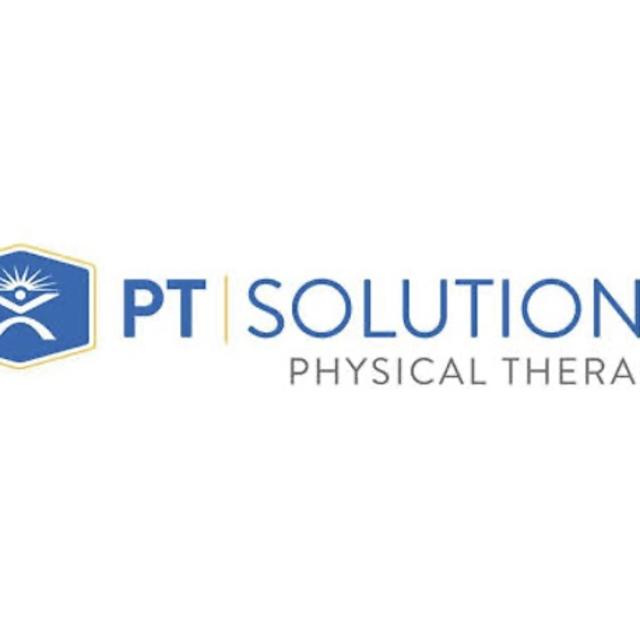Whether you’re an athlete, a busy professional, or just someone who’s feeling run down, recovery is a crucial part of maintaining overall health and well-being. Recovery isn’t just about rest—it’s about optimizing your body’s natural healing process and giving yourself the tools to perform better, feel better, and live better.
In this article, we’ll explore some of the best recovery strategies, broken down into physical, mental, and lifestyle approaches. From rest to nutrition, movement to mindfulness, these recovery techniques can help you bounce back quicker and feel more energized every day.
1. Prioritize Sleep
Why It’s Important:
Sleep is the foundation of any recovery plan. When you sleep, your body repairs tissue, consolidates memories, and restores energy. Chronic sleep deprivation can hinder performance, increase stress levels, and slow down recovery from workouts or physical exertion.
Best Practices:
-
Aim for 7-9 hours per night. The optimal amount of sleep varies by individual, but consistently getting between 7 and 9 hours is ideal for most people.
-
Create a sleep-friendly environment. Keep your room cool, dark, and quiet. Limit exposure to screens (phones, computers, TV) at least an hour before bed, as blue light can disrupt your natural sleep cycle.
-
Establish a bedtime routine. Going to bed at the same time each night and winding down with relaxing activities—like reading, meditation, or a warm bath—can signal to your body that it’s time to sleep.
2. Nutrition: Fuel Your Recovery
Why It’s Important:
Proper nutrition plays a critical role in recovery. Eating the right foods can help reduce inflammation, repair muscle tissue, and restore glycogen stores after exercise. Even outside of intense physical activity, fueling your body with the right nutrients supports overall health and recovery from stress.
Best Practices:
-
Protein for muscle repair. Protein is essential for rebuilding and repairing muscle tissue after physical exertion. Aim for 1.5-2 grams of protein per kilogram of body weight, and consider including sources like lean meats, beans, tofu, eggs, and fish.
-
Healthy fats and carbohydrates for energy. Healthy fats (found in avocados, nuts, and seeds) and complex carbohydrates (such as whole grains, vegetables, and fruits) help replenish glycogen stores and provide sustained energy.
-
Hydrate. Proper hydration is key to recovery. Aim for half your body weight in ounces every day, and more when you are exercising regularly. Water helps maintain cellular function, flush out toxins, and keeps you feeling alert. In addition to water, consider electrolyte drinks after intense workouts to replace lost minerals.
3. Active Recovery: Light Movement for Maximum Benefit
Why It’s Important:
Active recovery involves performing low-intensity exercises that help promote blood flow, reduce muscle stiffness, and speed up the healing process. It’s the opposite of complete rest, but it can be just as beneficial for recovery, especially when you’re sore or fatigued.
Best Practices:
-
Walking, swimming, or cycling. Engaging in low-impact aerobic activities like walking or cycling can keep your blood circulating without adding strain on your muscles.
-
Stretching and yoga. Incorporating gentle stretching or yoga into your routine can help lengthen tight muscles, reduce tension, and promote relaxation.
4. Manage Stress with Mindfulness
Why It’s Important:
Physical recovery isn’t just about the body—it’s also about the mind. Chronic stress can interfere with recovery by increasing inflammation, disrupting sleep, and suppressing the immune system. By managing stress, you can enhance your body’s ability to heal and recuperate.
Best Practices:
-
Meditation and deep breathing. Mindfulness meditation or simple deep breathing exercises can activate the parasympathetic nervous system (the "rest and digest" system), reducing stress and promoting healing.
-
Journaling. Writing down your thoughts can help clear mental clutter, relieve anxiety, and give you a better sense of emotional well-being.
-
Time in nature. Spending time outside, even for short periods, can have profound mental health benefits. The sights, sounds, and fresh air can help lower cortisol levels and give your mind a break from everyday pressures.
5. Take Breaks and Avoid Overtraining
Why It’s Important:
Rest and recovery are just as important as the work you put in. If you push yourself too hard without allowing adequate recovery, you risk burnout, injury, and diminishing returns. Taking regular breaks can keep your body and mind fresh, ensuring long-term success in whatever you’re working toward.
Best Practices:
-
Follow a structured training plan. Whether you’re lifting weights, running, or practicing yoga, give your body time to recover between intense workouts. This could mean taking a rest day or alternating between different muscle groups.
-
Listen to your body. If you’re feeling overly fatigued, experience sharp pain, or notice a decline in performance, take that as a sign to rest and recover before pushing forward.
-
Deload periodically. In any training routine, it’s important to have lower-intensity weeks or "deload" phases to allow your body to recover from cumulative fatigue.
7. Social Support and Connection
Why It’s Important:
Recovery is not just an individual endeavor—it can be enhanced by positive social interactions. Having a supportive network of friends, family, or teammates can help you stay motivated and improve your overall well-being.
Best Practices:
-
Engage in social activities. Positive social interactions can lower stress, improve mood, and help with mental recovery.
-
Seek professional support if needed. Whether through a therapist, trainer, or coach, having access to expert advice or guidance can help you recover more effectively and avoid common mistakes.
Conclusion: Recovery is an Ongoing Process
Effective recovery isn’t about relying on one strategy but combining a variety of techniques tailored to your needs. Prioritizing sleep, nourishing your body, staying active, managing stress, and listening to your body all contribute to a holistic recovery approach.
Remember, the goal is not only to bounce back after intense activity but also to prevent burnout and optimize your performance in all areas of life. By giving your body and mind the attention they deserve, you’ll be better equipped to tackle challenges, recover from setbacks, and achieve your goals in a sustainable way.
So, whether you’re looking to recover from a tough workout or simply restore balance in your daily life, these strategies can help you recharge and feel your best. If you have further questions, please reach out to your PT Solutions team.

